+ Filter
 Loading...
Loading...

PLCG2
 Loading...
Loading...Anti-PLCG2 Products
-
- Derivation: Mouse
- Species Reactivity: Human
- Type: Mouse IgG2b
- Application: WB, IHC, ICC, FC, ELISA
-
- Derivation: Mouse
- Species Reactivity: Human
- Type: Mouse IgG1
- Application: WB, ELISA
-
- Derivation: Mouse
- Species Reactivity: Human
- Type: Mouse IgG1
- Application: WB, IHC, ICC, FC, ELISA
- Mouse Anti-PLCG2 Recombinant Antibody (clone 1A7B8) (VS3-XY1270)
-
- Species Reactivity: Human
- Type: Mouse IgG1
- Application: ELISA, WB, ICC, FC
- Mouse Anti-PLCG2 Recombinant Antibody (clone 4F1E8) (VS3-XY1271)
-
- Species Reactivity: Human
- Type: Mouse IgG2b
- Application: ELISA, WB, FC, ICC
-
- Species Reactivity: Human
- Type: Rabbit IgG
- Application: WB, IHC-P, IP, FC
-
- Derivation: Mouse
- Species Reactivity: Human
- Type: Mouse IgG1
- Application: WB, ELISA, FC, ICC, IF
-
- Derivation: Phage display library screening
- Species Reactivity: Human
- Type: IgG
- Application: WB
- Mouse Anti-PLCG2 Recombinant Antibody (clone 1E10C11) (VS7-0425-WR629)
-
- Species Reactivity: Human
- Type: Mouse IgG1
- Application: IHC
- Mouse Anti-PLCG2 Recombinant Antibody (clone 2D9E8) (VS7-0425-WR630)
-
- Species Reactivity: Human
- Type: Mouse IgG1
- Application: ICC, FC
- Mouse Anti-PLCG2 Recombinant Antibody (clone 3A8B6) (VS7-0425-WR631)
-
- Species Reactivity: Human
- Type: Mouse IgG2b
- Application: WB, ICC, FC
- Anti-PLCG2 Immunohistochemistry Kit (VS-0325-XY1669)
-
- Species Reactivity: Human, Mouse, Rat
- Target: PLCG2
- Application: IHC
- Anti-Mouse PLCG2 Immunohistochemistry Kit (VS-0525-XY5469)
-
- Species Reactivity: Human, Mouse, Rat
- Target: PLCG2
- Application: IHC
- Anti-Human PLCG2 Immunohistochemistry Kit (VS-0525-XY5468)
-
- Species Reactivity: Human
- Target: PLCG2
- Application: IHC
View More Products
Can't find the products you're looking for? Try to filter in the left sidebar.Filter By Tag
More Infomation
Our customer service representatives are available 24 hours a day, from Monday to Sunday. Contact Us
For Research Use Only. Not For Clinical Use.
Background
The protein encoded by this gene is a transmembrane signaling enzyme that catalyzes the conversion of 1-phosphatidyl-1D-myo-inositol 4,5-bisphosphate to 1D-myo-inositol 1,4,5-trisphosphate (IP3) and diacylglycerol (DAG) using calcium as a cofactor. IP3 and DAG are second messenger molecules important for transmitting signals from growth factor receptors and immune system receptors across the cell membrane. Mutations in this gene have been found in autoinflammation, antibody deficiency, and immune dysregulation syndrome and familial cold autoinflammatory syndrome 3. [provided by RefSeq, Mar 2014]


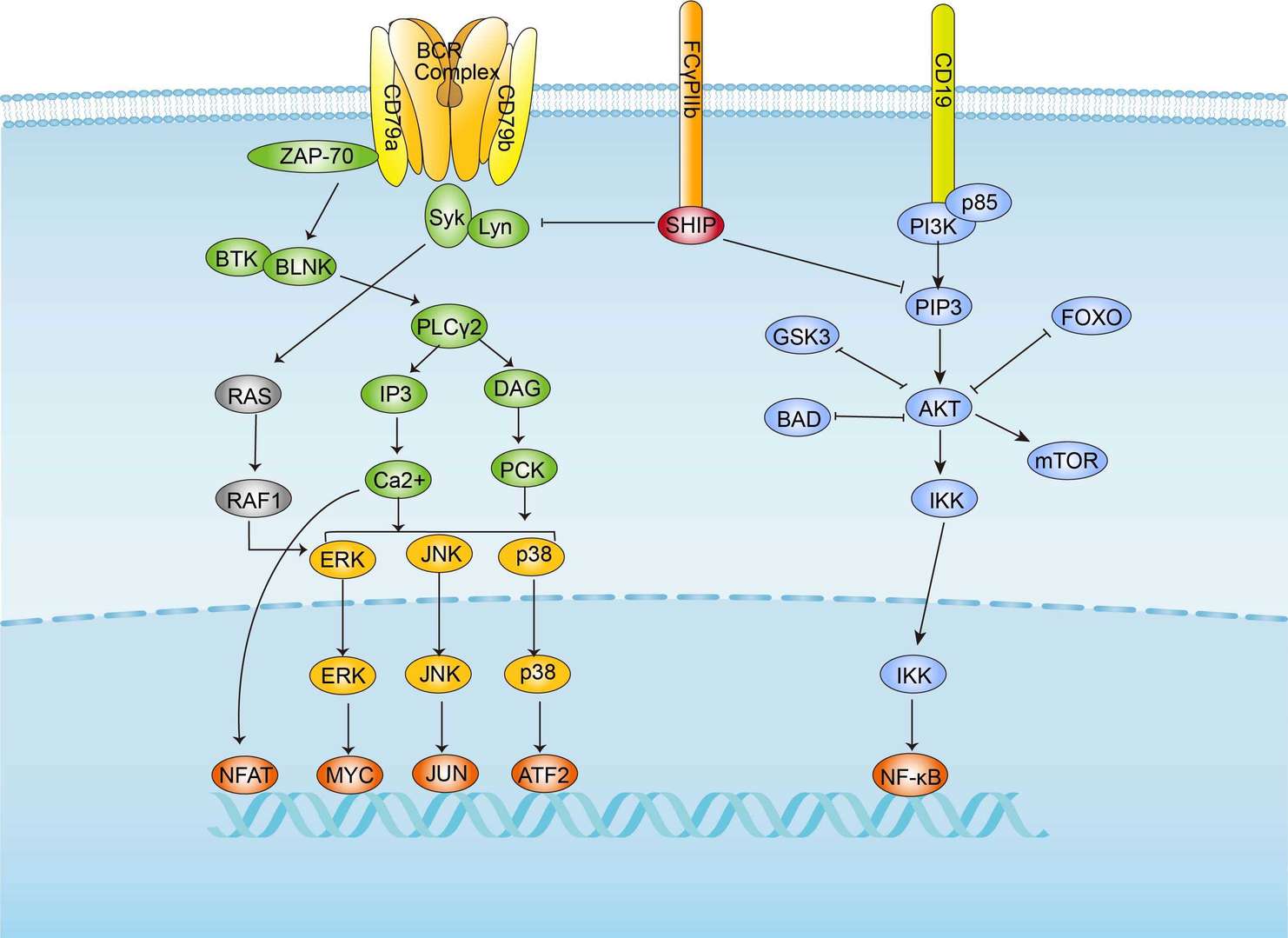 BCR Signaling Pathway
BCR Signaling Pathway
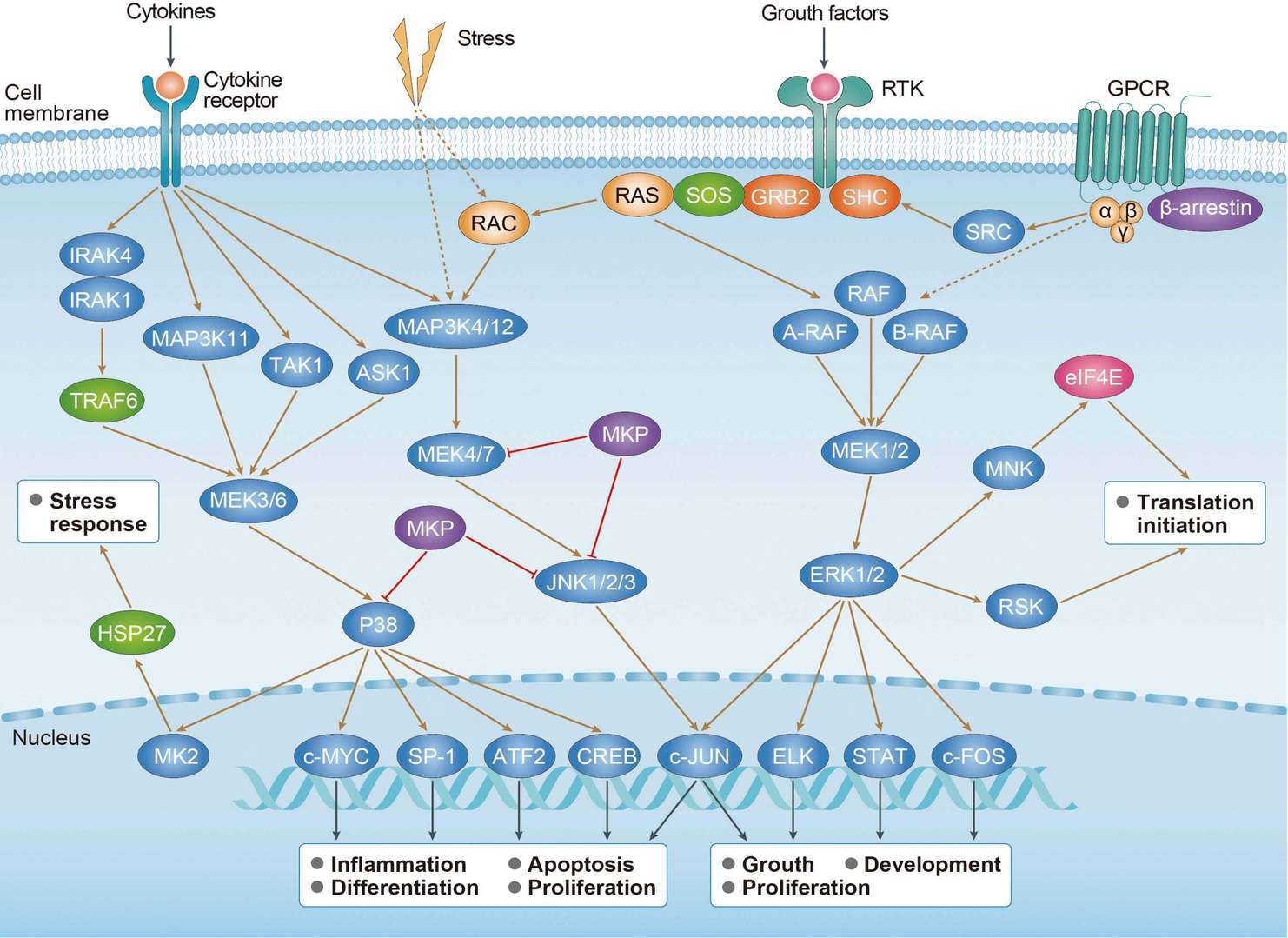 cAMP Signaling Pathway
cAMP Signaling Pathway
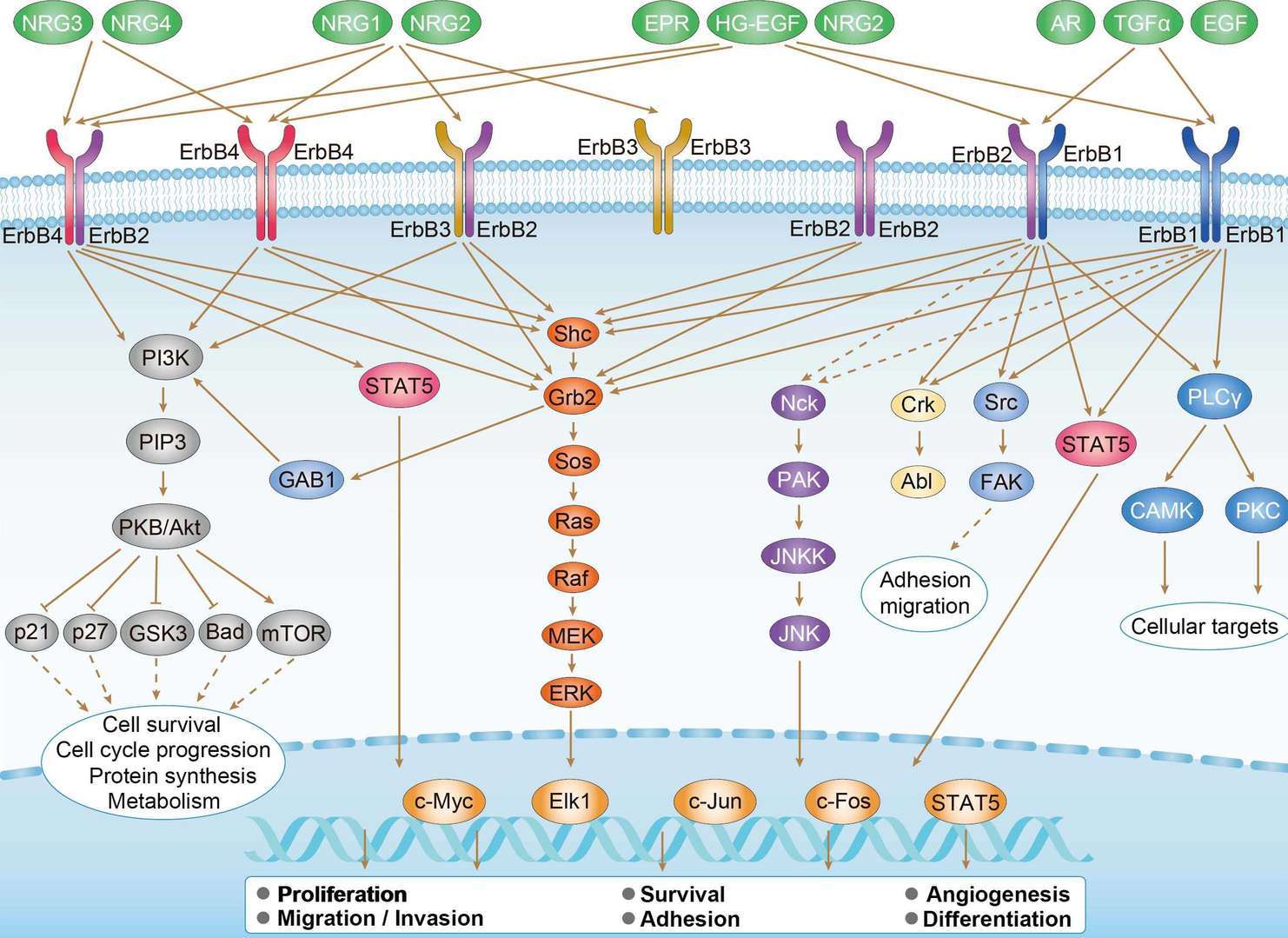 ErbB Signaling Pathway
ErbB Signaling Pathway
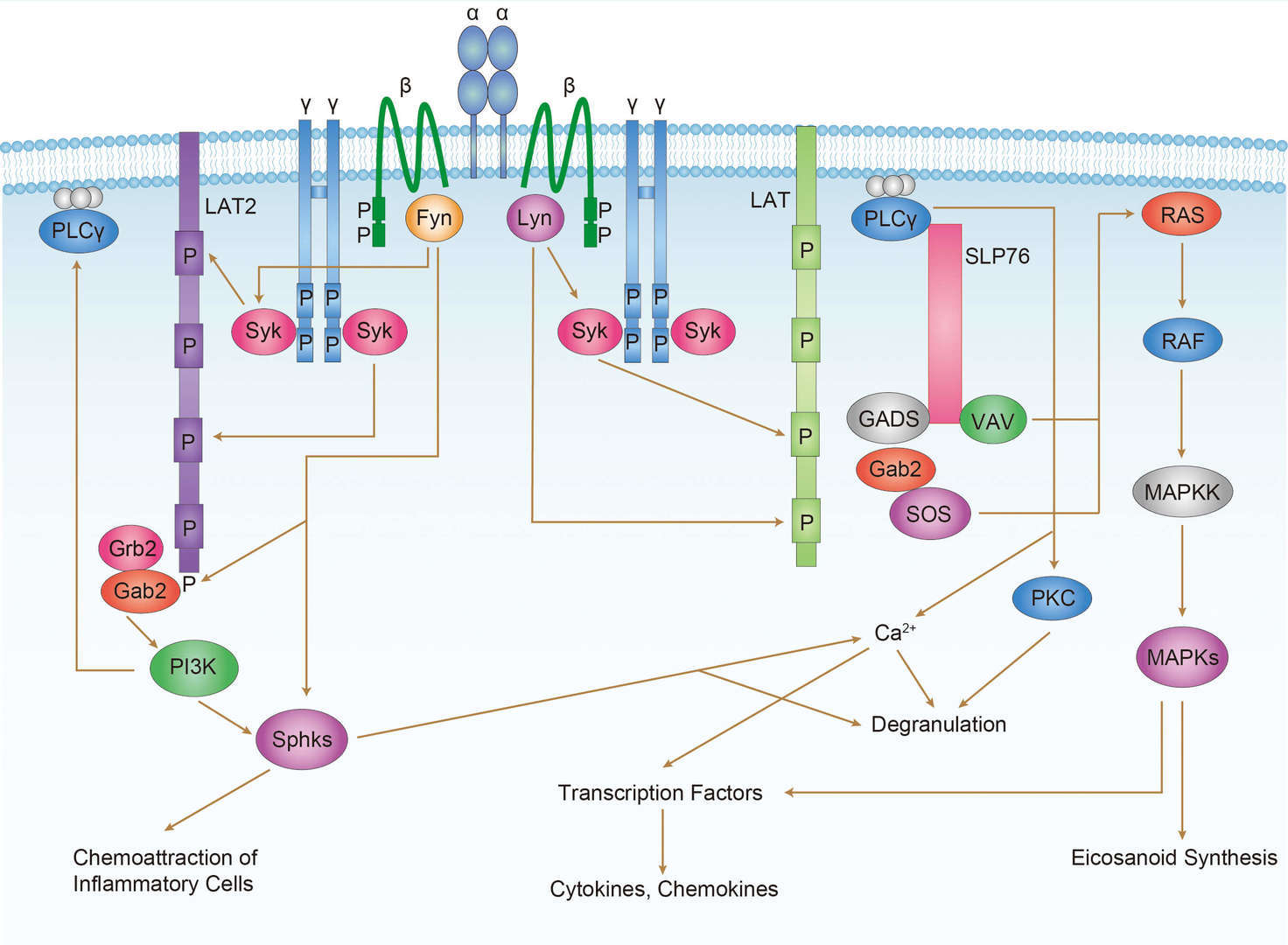 FcεR1 Signaling Pathway
FcεR1 Signaling Pathway
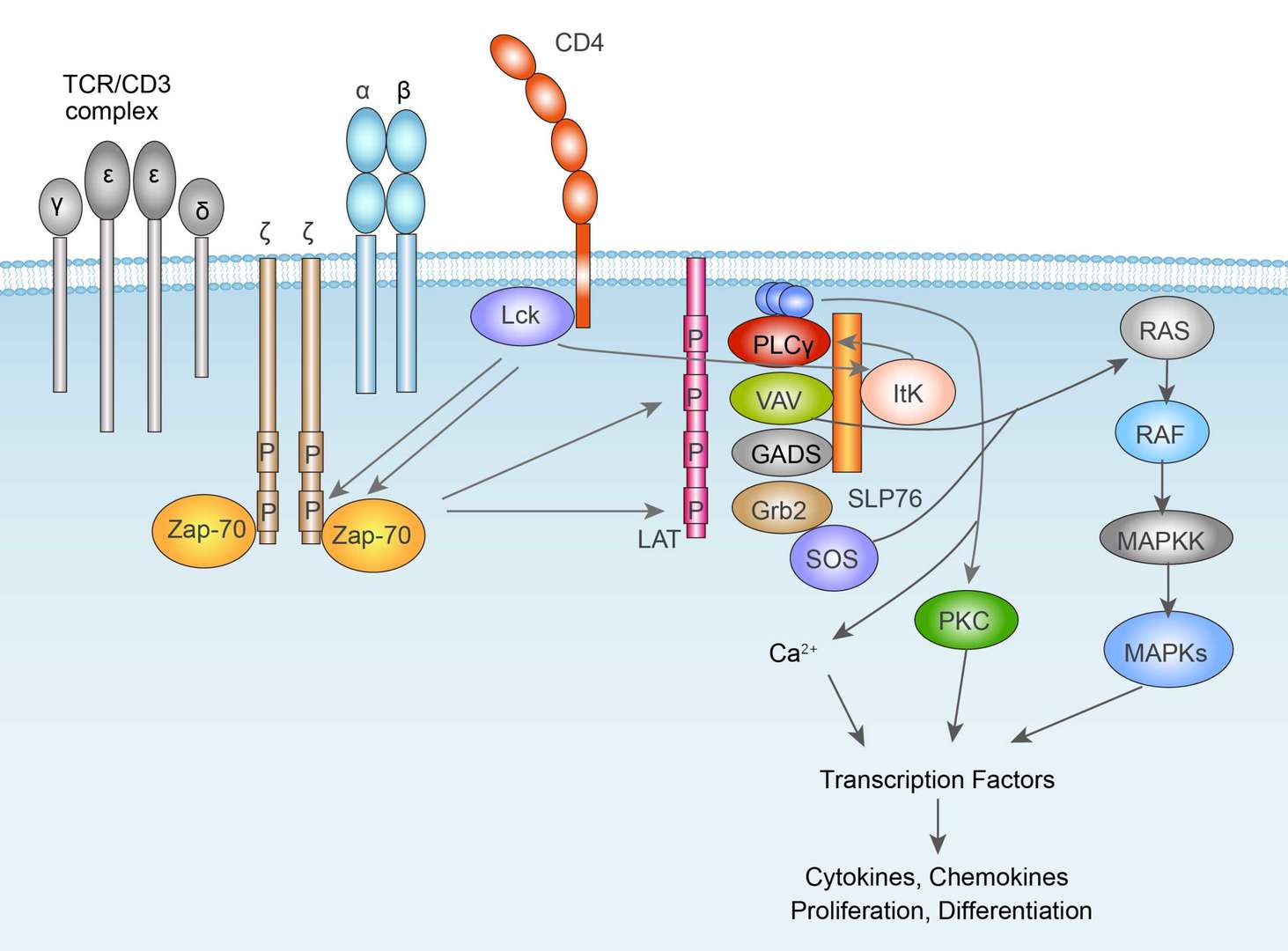 TCR Signaling Pathway
TCR Signaling Pathway
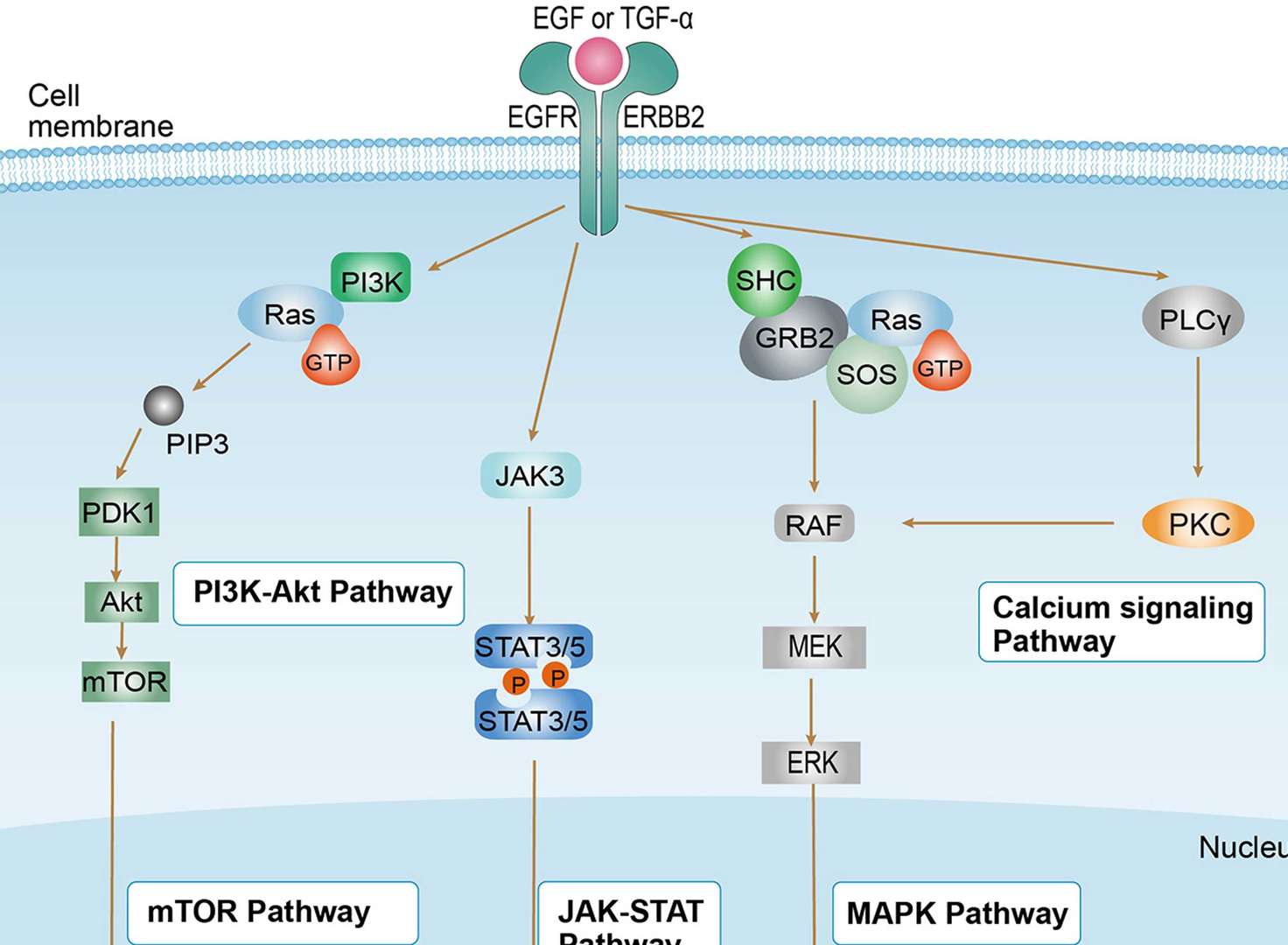 Non-small Cell Lung Cancer
Non-small Cell Lung Cancer
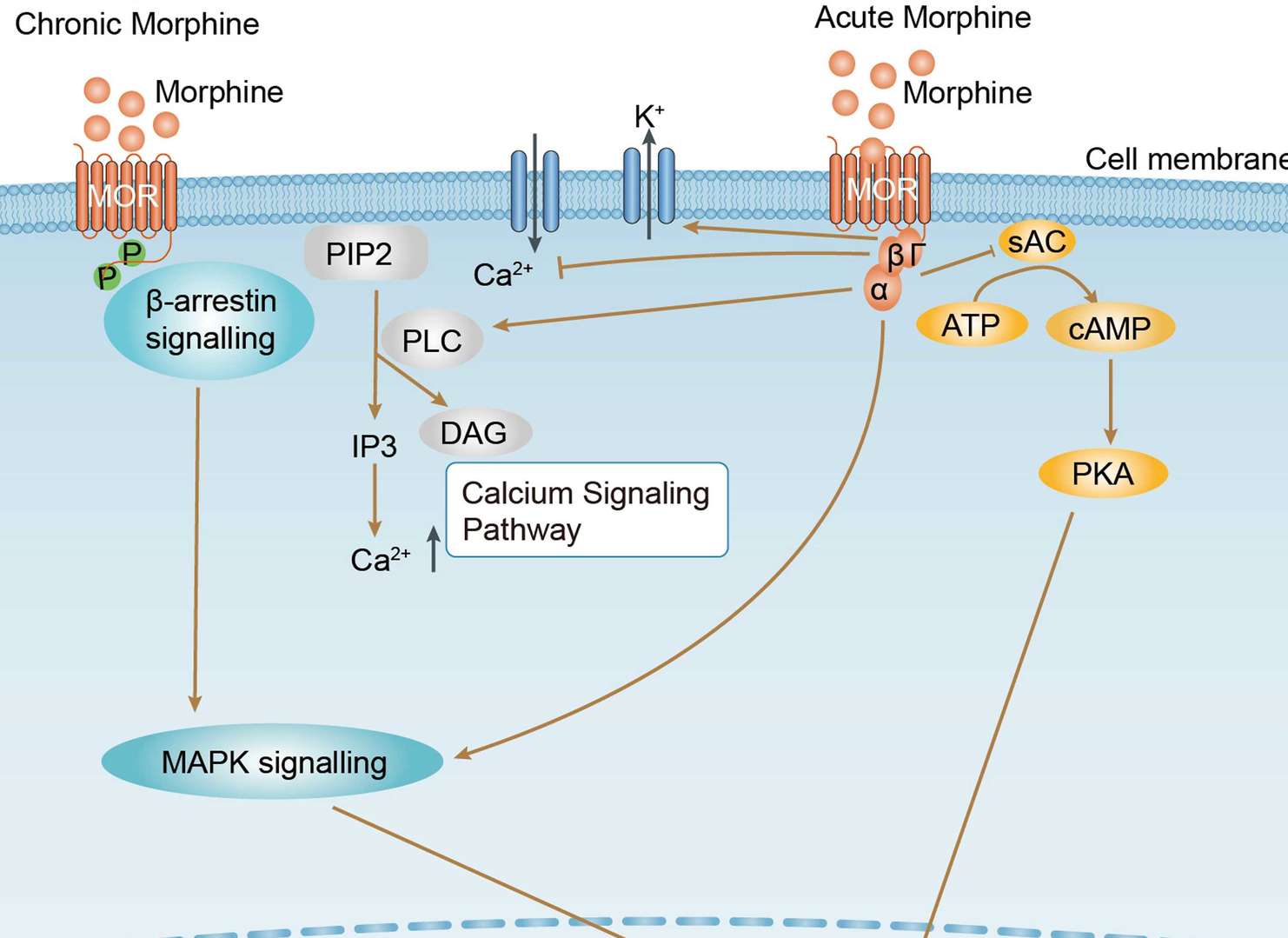 Morphine Addiction
Morphine Addiction